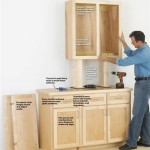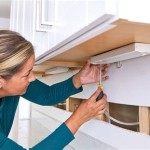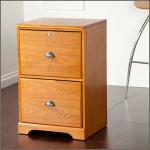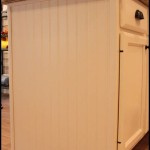How To Replace A Recessed Bathroom Medicine Cabinet
Replacing a recessed medicine cabinet can seem daunting, but with the right tools and a step-by-step approach, it can be a manageable DIY project. This article provides a comprehensive guide to replacing your old recessed medicine cabinet with a new one.
1. Preparation and Safety First
Before starting any demolition, turn off the power to the bathroom at the breaker box. This is crucial to prevent electrical shocks. Verify the power is off by testing the light switch and any outlets near the cabinet. Next, gather necessary tools. These typically include a stud finder, safety glasses, a utility knife, a pry bar, a screwdriver, a level, a tape measure, and a pencil. Having all the necessary tools readily available will streamline the process.
2. Removing the Old Medicine Cabinet
Carefully inspect the existing cabinet to determine how it is secured. Older cabinets might be nailed or screwed directly to the framing. Newer installations often use mounting clips. If screws or nails are present, carefully remove them using the appropriate screwdriver or pry bar. Exercise caution to avoid damaging the surrounding wall. For cabinets secured with clips, locate the release mechanism, typically located on the inside of the cabinet or along its edges. Consult the manufacturer's instructions if necessary. Once the fasteners are removed, gently pull the cabinet out of the wall recess. If the cabinet is stuck, carefully use a pry bar at multiple points along the edges to loosen it. Protect the surrounding wall with a piece of cardboard or thin wood to avoid damage from the pry bar.
3. Assessing the Existing Recess and Framing
With the old cabinet removed, thoroughly inspect the existing recess. Check the framing for any damage or rot. If any damage is found, repair it before installing the new cabinet. Measure the height, width, and depth of the recess to ensure the new cabinet will fit properly. Consider any obstructions such as pipes or wiring within the recess that might interfere with the new installation. Document these measurements and refer to them when selecting a replacement cabinet.
4. Choosing the Right Replacement Cabinet
Selecting the correct replacement cabinet hinges on accurate measurements of the existing recess. Choose a cabinet that is slightly smaller than the recess opening to allow for adjustments and shimming. Consider the style and features of the new cabinet. Options include surface-mounted, recessed, tri-view, and mirrored cabinets with various shelving configurations. Determine the desired door swing – left, right, or up – to ensure it fits the bathroom layout and doesn't obstruct other fixtures. Additionally, consider the material and finish of the cabinet to ensure it complements the bathroom's décor.
5. Installing the New Medicine Cabinet
Before installing the new cabinet, dry-fit it into the recess to ensure a proper fit. If necessary, use shims to level the cabinet and create a snug fit. Mark the locations for the mounting screws or clips on the wall. If the new cabinet uses different mounting hardware than the old one, drill pilot holes to prevent splitting the framing. If using screws, ensure they are the appropriate length and type for the wall material. Once the cabinet is securely fastened, apply a bead of sealant around the perimeter of the cabinet frame to prevent moisture intrusion. This is crucial in a bathroom environment to prevent mold and mildew growth.
6. Finishing Touches and Adjustments
After installing the cabinet, inspect the door alignment and adjust as needed. Most medicine cabinets offer adjustable hinges for fine-tuning the door position. Ensure the door closes smoothly and securely. Clean up any excess sealant and remove any dust or debris from the installation process. Finally, restore power to the bathroom and test the light fixture if applicable. With careful planning and execution, replacing a recessed medicine cabinet can be accomplished effectively, enhancing both the functionality and aesthetics of the bathroom.
7. Addressing Common Installation Challenges
During installation, several challenges might arise. If the recess is too deep, use wooden blocks or spacers to bring the cabinet forward to the desired depth. If the recess is too shallow, carefully shave down the framing using a wood chisel or plane, ensuring not to compromise the structural integrity. If encountering plumbing or electrical obstacles, consult a qualified professional to avoid any potential hazards. Addressing these challenges proactively will ensure a successful and safe installation.

Creating Home From Chaos To Calm The Art Of Cultivating Peace And Joy Decor Door

Diy Niche Shelf Old Bathroom Medicine Cabinet Makeover A Piece Of Rainbow

How To Install A Medicine Cabinet The Home Depot
How To Make And Install A Medicine Cabinet Queen Bee Of Honey Dos

7 Steps To Installing A Recessed Medicine Cabinet

How To Remove A Medicine Cabinet Kay S Place

Diy Niche Shelf Old Bathroom Medicine Cabinet Makeover A Piece Of Rainbow

7 Steps To Installing A Recessed Medicine Cabinet

Medicine Cabinets Ideas 7 Diy Updates Bob Vila

Medicine Cabinets Ideas 7 Diy Updates Bob Vila
Related Posts








